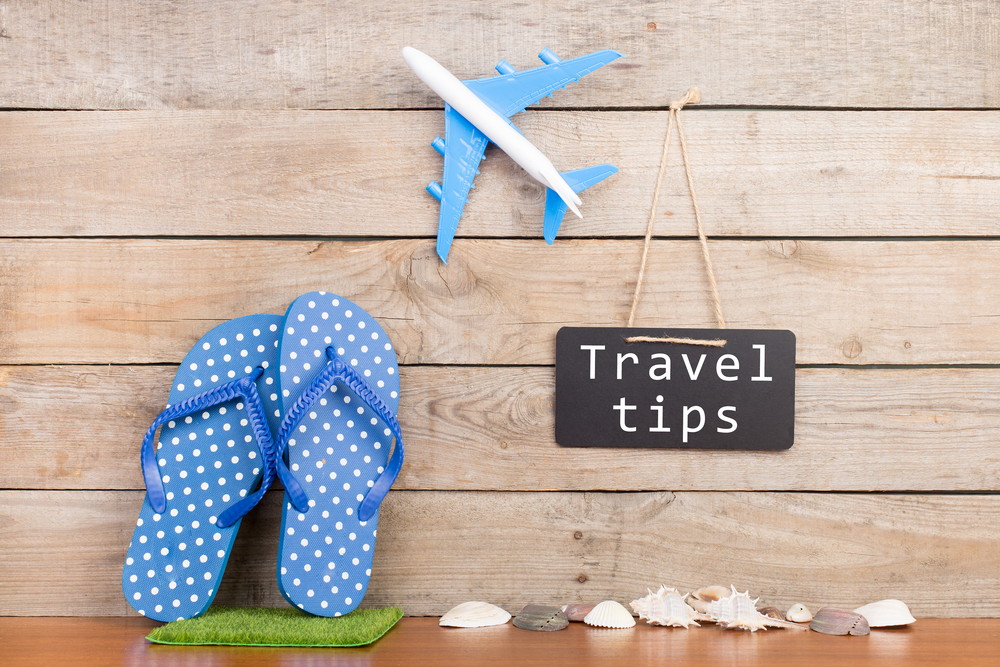You can never get enough travel tips, and while travelling, even small things matter. Check out these travel tips that will make your trip easier.
Most people aren’t natural experts at travelling. It is something that can only be acquired via experience. Missed buses, stupid decisions, cultural ignorance, and numerous other small mistakes all contribute to the development of travel savvy. Then, one day, you start navigating airports with ease and assimilating into different cultures like a fish to water. It kind of makes ‘Practice makes you perfect’ a valid saying.
Here are 10 travel tips to make your trip easy:
1. KEEP EXTRA SOCKS:
You can lose a lot of pairs for different reasons, so bringing extra will be helpful. Take more than you think you’ll need. A brand-new pair of socks is the best!
2. TAKE ONLY IMPORTANT THINGS WHILE SIGHTSEEING:
Carry the bare minimum of cash and credit cards necessary for quick recovery. Never travel with more than one ATM or credit card.
3. MAKE EXTRA COPIES OF IMPORTANT DOCUMENTS:
Don’t forget to send yourself a copy of important documents through email. Never assume that you will always need to carry your original papers with you. Additionally, having a copy will be helpful for your police report if your passport is stolen.
4. LEARN IMPORTANT PHRASES IN NATIVE LANGUAGE:
Learning a few phrases like “Hello,” “Goodbye,” “Thank you!” and “Where’s the toilet?” will go a long way towards making friends with the locals, even if you don’t know the language fluently. They’ll appreciate your effort.
5. EXTRA TOWEL:
You never know when you’ll need it. Even though most hostels provide towels, you can never be sure if they will or not, and bringing a small towel won’t significantly increase the weight of your suitcase. Make sure it’s a lightweight and quick-drying towel.
6. BEST TIME TO VISIT HISTORICAL SITES:
Lunch is the best time as, during this time, fewer people will be in your way because most tourists, large tour buses, and groups are heading to lunch. It’s always a good idea to go to an attraction really early, really late, or at mealtime.
7. CARRY A WATER BOTTLE:
Always carry a water bottle. When possible, drink directly from the tap to conserve money and the environment. You may also get a water bottle with a filter if you’re heading somewhere where the water isn’t fit for consumption.
8. WALK AROUND:
These excursions are not only cost-free, but they’ll also give you a solid introduction and historical backdrop of the place you’re visiting. You kill time, get to ask the locals some questions, meet new people, and discover a ton about your surroundings.



